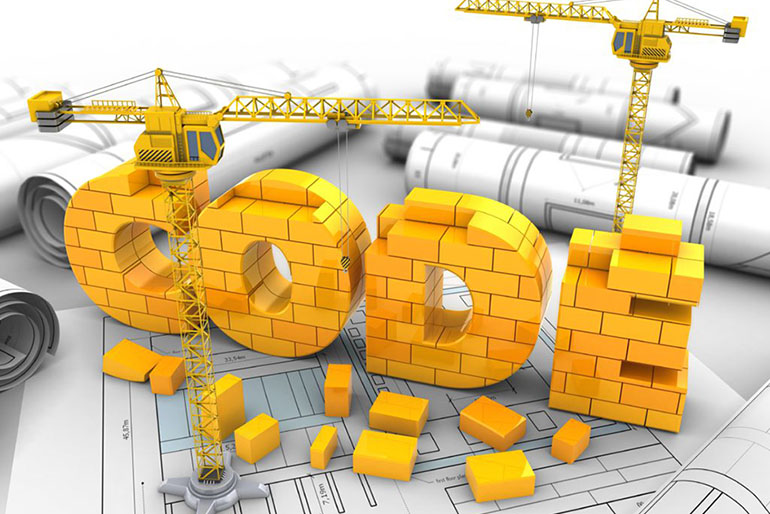For decades, metrics have focused on reductions to energy consumption and energy cost, but it is becoming clear that those metrics are insufficient to fully address carbon reductions.
“Our understanding of carbon is continuing to evolve and the metrics around that have to change,” said Mark Hutchinson, VP green building programs and innovation, Canada Green Building Council. “If carbon reductions are what we want to get at, we need to come up with new ways of benchmarking our progress against that.”
Building codes and standards have to establish the right metrics to better capture the true impact of carbon from buildings and what that means for projects. The topic was discussed at the Canada Green Building Council’s Building Lasting Change conference in Vancouver.
Iain MacDonald, senior research officer with the National Research Council (NRC), said the new National Building Code set to be released in 2025 will address operational carbon with embodied carbon updates to follow in 2030.
Two major changes coming to the code in 2025 is the introduction of technical requirements for existing buildings and the inclusion of GHG emissions.
He said the inclusion of GHGs is a significant change. “Not only does this involve developing the technical requirements that every single new building will have to meet but there’s also policy changes associated with that.”
While some jurisdictions already have technical requirements for existing buildings, MacDonald noted this will be the first policy nationally to address efficiency. Before any regulation changes, NRC is making sure all supply chains are robust and that testing standards are in place to evaluate products.
He also discussed how NRC is supporting the development and deployment of low carbon construction solutions through the new Platform to Decarbonize the Construction Sector at Scale.
The NRC is looking to decarbonize Canadian construction “at-scale” and MacDonald said the challenge is how to achieve change at scale and not just one-off projects.
“We have a massive challenge. It’s so large that there’s more than enough work to go around and collaboration is key to achieving significant steps forward,” he said, encouraging everyone to get involved in the code process during the public review this fall and early winter.
Decarbonization efforts south of the border are also underway with the U.S. Green Building Council (USGBC) focusing on the next iteration of LEED standards. The draft of LEED v5 is expected to be ready late this year.
“Our top priority is scale for greatest impact – what can we do to mobilize greater adoption of building practices and actions towards decarbonization, on resilience, wellbeing, human health,” said Peter Templeton, USGBC’s president and CEO.
In terms of construction and renovations, GHG emissions reduction priorities will focus on areas such as energy and water efficiency, transit-oriented development, low-carbon construction materials and practices, refrigerant management and vehicle/fleet electrification.
“I want to make sure folks understand the scope – that we are looking at everything from construction practices to construction equipment all the way through to material selection,” said Templeton.
“There has also been momentum on refrigerant management and vehicle/fleet electrification. But existing buildings sector is critical for us to achieve our decarbonization goals.”
“We have to make sure we’re digging in deep to find ways to improve performance over time…and to continue pushing for higher performance,” he said.
Cheryl Mah is managing editor of Construction Business.










